146 ☼ How To Write and Use Text In Your Photo Book or Zine
Making A Book or Zine - Step 7
This issue is Step 7 of a 10-part series guiding you through the step-by-step process of making your very own book or zine. Join me as I share my firsthand experience creating "NOTICE Journal, Volume One", and get inspired to work on your own project.
Dear friends,
In this week's letter, step seven in making my new book "NOTICE Journal, Volume One" — the role of text in photo books!
Also, an internship announcement.
Thank you for those of you who have been spreading the word about this series and helping me reach more people. I really appreciate it. Hit that 🔄 symbol at the start of the issue to send it to your Substack network or share it on social media. <3
Curious about the previous steps? You can check them out here:
Step 1 ☼ Finding The Right Concept to Build a Book Around
Step 2 ☼ How To Select and Organize Your Images
Step 3 ☼ How To Sequence Your Images and Build a Narrative
Step 4 ☼ Designing A Layout (As A Non-Designer)
Step 5 + 6 ☼ How To Make A Photo Book Dummy + Revise/Edit
New Internship Opportunity + Shout Out
Internship Applications Open — I'm incredibly thankful for Guido and Thor who recently completed their internship with me. Their enthusiasm and creativity have been invaluable, and I wish them all the best in their future endeavors. I am now opening up the application process for the next round of six-month, one-day-per-week internships, specifically for Amsterdam-based folks who are passionate about honing their skills and exploring the world of photography. In the current period, starting late June, the focus will be on book making and publishing, research and office work, personal photo projects, and client shoots. Interested applicants can submit a brief letter of motivation highlighting their experience level and internship objectives to hello@wesley.co. The deadline is June 2nd. Below is a testimonial from Guido about his experience interning with me:
"For the past six months I have had the pleasure of serving as Wesley’s assistant. Besides getting to know tons of great 90's hip hop records, which were always on during our work hours, I gained valuable knowledge about Wesley's way of working and everything that comes with being a photographer.
During my internship I helped Wesley with various tasks, such as archiving negatives, doing research for upcoming projects, conceptually preparing photo shoots and of course helping during the photo shoots themselves. After six months I can conclude that the various tasks have each contributed in their own way to the development of my own photography. In particular, I learned a lot from Wesley's interactions with subjects during photo shoots. During every photo shoot, Wesley is able to create a certain ambience in which subjects feel comfortable in front of the camera.
This internship also offered me the opportunity to receive feedback from Wesley on my own projects on a weekly basis. This feedback has especially been invaluable during the sequencing process of my first photo book. Wesley's experience with curation and storytelling skills have allowed me to better reflect on my own photography, giving me a clearer idea of the direction I want to take with upcoming projects. I am very grateful to him for that."
Shout out — Thank you to the kind folks at Creative Mornings who shared my current Process book making series in their weekly highlights.
Step 7 — Writing and Refining Text For Your Photo Book or Zine
Today, we explore the role of text in photo books and zines. As always, the key here is that it depends on what you’re trying to achieve. The use of text can range from a foreword that contextualizes the images, to captions, essay, and more. Some books don’t have any text, whereas other lean on text as much as they do on the images to tell a story.
Let’s start by breaking text down into a few categories that can be found in a photo book or zine. I’ll make it more specific by giving examples from my previous book "NOTICE" as well as my upcoming book "NJV1".
Title Page
This page is a simple and straight forward one, showcasing the book’s title and photograph.
Dedication Page
Sometimes this is included on the title page, but I usually prefer giving it it’s own moment. This page is an opportunity to pay respect to an individual, group, or cause that is significant to you.
In the case of "NOTICE", I decided to dedicate the book to my father since he introduced me to photography as a very young child and effectively taught me how to see. I love how Dan Rubin decided to make the type small, giving it such a gentle and intimate feeling.
Foreword
Either written by the photographer, or someone else. This page provides context, shares personal thoughts, and connects with readers before they delve into your photographs.
In the case of "NOTICE", I felt it was important to contextualize the photographs clearly as a a body of work created in isolation during the pandemic over the course of 123 days of walking for many hours. It was important to know that making the work provided me with a stabilizing form of meditation, hoping that seeing the work would do the same for the reader.
Essay
Either written by the photographer, or a guest writer, offering deeper insights, perspectives, or experiences. For "NOTICE," I invited my friend and inspiration Craig Mod to write an essay. As someone who creates stunning books about long walks in Japan, including journeys lasting up to 8 weeks on traditional routes, I knew Craig would connect with the concept of this body of work, which was centered around long walks. His perspective was invaluable in shedding new light on my work.
For "NJV1", I am working on a very special essay, once again with a guest writer, but I cannot get into detail yet on the who and why. As you may remember, the subtitle of "NJV1" is "the shadows will be behind you if you walk into the light" which is a good indication that this book is even personal in nature than "NOTICE".
Colophon
In a photo book, a colophon is a section, usually towards the end, that provides detailed information about the book's production. Not every book has this, but I am a huge nerd for this kind of stuff and adore a proper colophon.
It typically includes details such as the publisher, printer, paper type, typefaces used, ISBN, production methods, Library of Congress information, the print run, and other technical aspects related to the book's creation.
Credit Page
This section recognizes key individuals involved in the project, such as editors, designers, sources, collaborators, and contributors. Think of it as the liner notes for a music project, but it’s a photo book now. Sometimes this is included on the same page as the colophon.
Thank Yous
Making a photo book takes a village of people and they should be acknowledged. Here we share gratitude towards collaborators, supporters, sponsors, family and everyone else who has played a role in making a project work. It’s a good practice to start this list very early on in your process of making a book just so you don’t forget anyone.
In "NOTICE," I included a special Thank You section listing the approximately 800 people who pre-ordered the book and made its printing and release possible. This surprise addition led to many entertaining notes from readers, ranging from pleasant surprises at seeing their names to amusing mix-ups when the listed name was a parent or partner who paid for the book rather than the actual recipient.
Other Text
While many books include captions, I prefer allowing viewers to interpret the images themselves. However, in some cases (e.g., educational or archival work), captions may be necessary. A great example of a book in which captions are necessary and used to its full effect is the spectacular New York Times Magazine book by Kathy Ryan, et al.
Putting It Into Practice
Once you've chosen your text categories, make sure you edit for accuracy, clarity, and tone. I highly encourage involving others in the editing process and leaning on their fresh perspectives to make it so the text serves the theme and message of your book.
As a photographer and writer, my passion lies in inspiring you to explore your surroundings, capture or document stories you care about, and share your creative vision with the world. Creating a printed piece featuring your photographs, whether it's a handmade zine, a professional zine, or a photo book, is the most powerful way to showcase your creative expression as a photographer.
Text can, but doesn’t have to, play a huge role in this expression and I hope this issue provides some guidance, motivation, and inspiration for how to go about it.
Upcoming Steps
Over the next period, I will share each step of making "NJV1," diving into the finer details and the overarching vision so you can see the entire process. Up next:
Step 8 — Finalize Design
Step 9 — Choose Your Printer
Step 10 — Market and Launch Your Book
I may add extra steps still, there’s so much to write about in the world of book making like the cover design, the choice of materials, and more!
Past Steps
Step 1 ☼ Finding The Right Concept to Build a Book Around
Step 2 ☼ How To Select and Organize Your Images
Step 3 ☼ How To Sequence Your Images and Build a Narrative
Step 4 ☼ Designing A Layout (As A Non-Designer)
Step 5 + 6 ☼ How To Make A Photo Book Dummy + Revise/Edit
If you enjoyed this issue I’d love for you to share it with friends. Re-stacks help a lot! It’s that little 🔄 symbol at the start of the issue.
Next Week: A mini break from the book making process to take a Leica Q2 loaner around for street photography and finding beauty around our own home. Also, the Return of the Process x Moment Giveaway!
Keep shooting and take good care of yourselves and others. <3
Wesley
PS Would you like to support Process? Please order my photo book NOTICE. <3
Gear & Tools Used
Camera: BTS images shot on my Fujifilm X100F. Images for NJV1 are shot on the Olympus Pen-F. Images for NOTICE were shot on a variety of cameras including the Pentax LX, Pentax 67ii, Fujifilm X100F, and the Canon 5D Mark IV.
Film Stocks: Kodak Portra, Kodak Tri-X, Ilford Delta 400.
Shout out to MPB.com, my go-to place to buy, sell, and trade used cameras and lenses. I love their service and am a paying customer. MPB caters to over 625,000 visual storytellers and provides a 6-month warranty. Thanks for the support, MPB! <3
Lab: All my analog work is developed and scanned by my friends at Carmencita Film Lab. They’re my favorite lab in the world. Use code “PROCESS” to get a free upgrade.


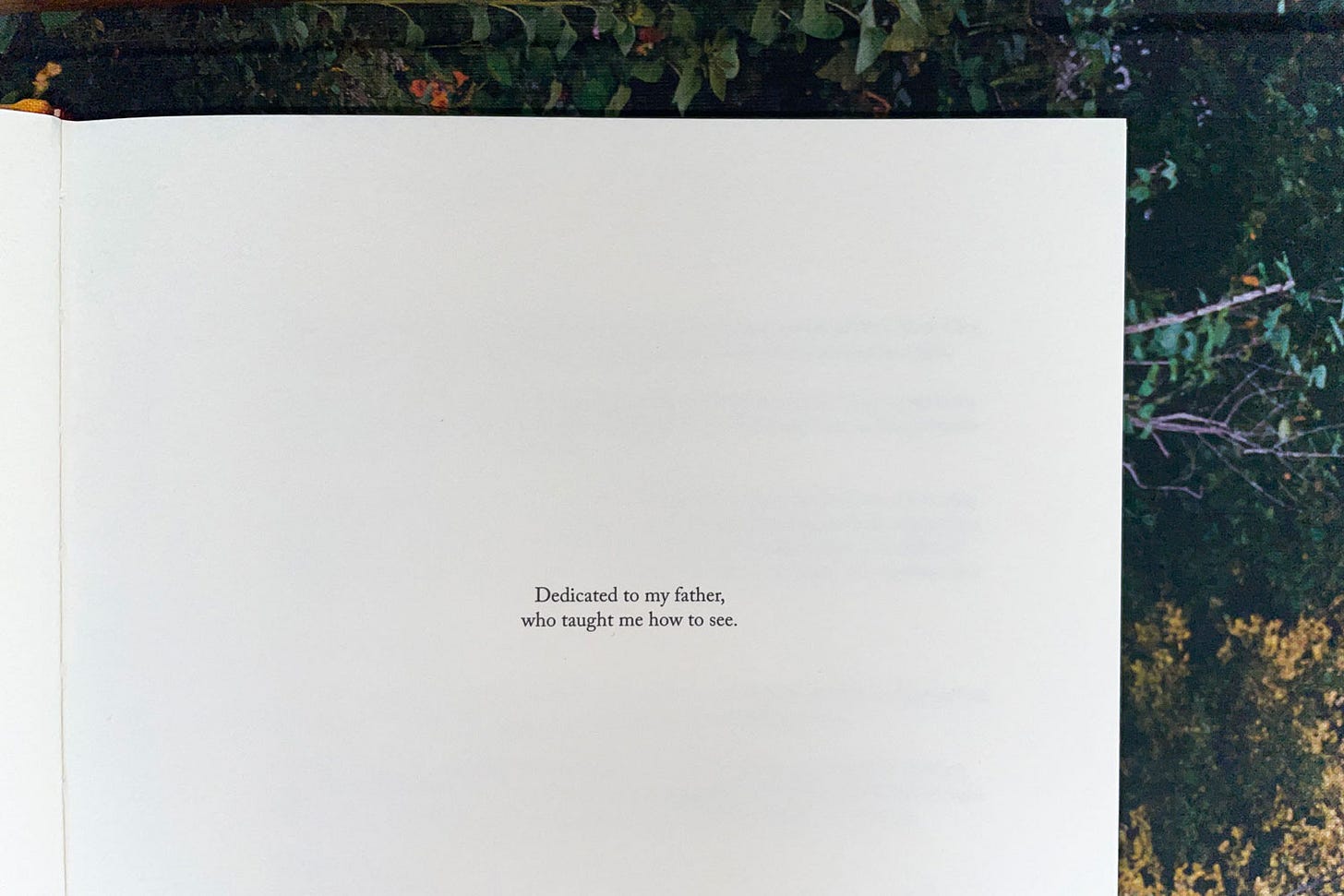
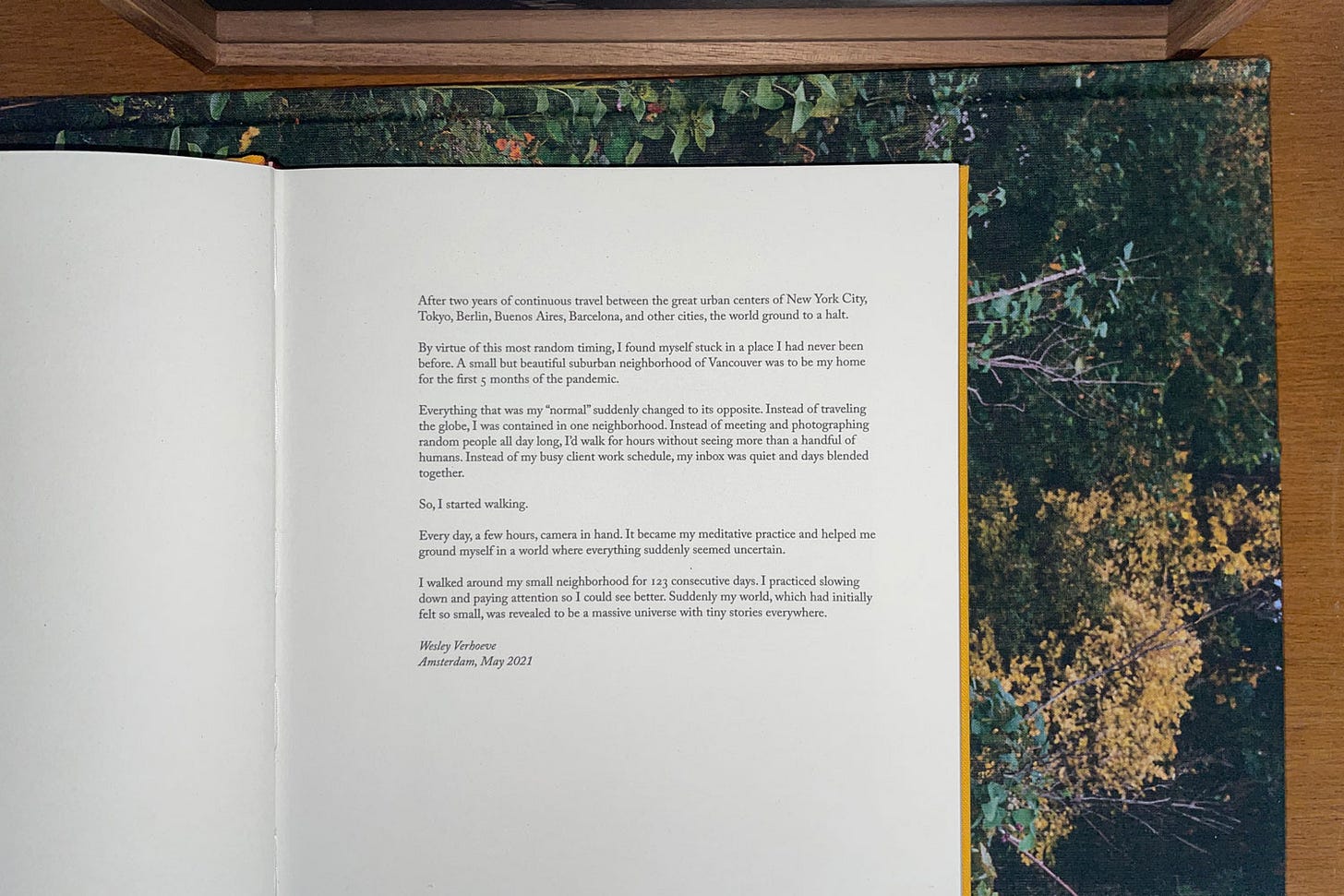
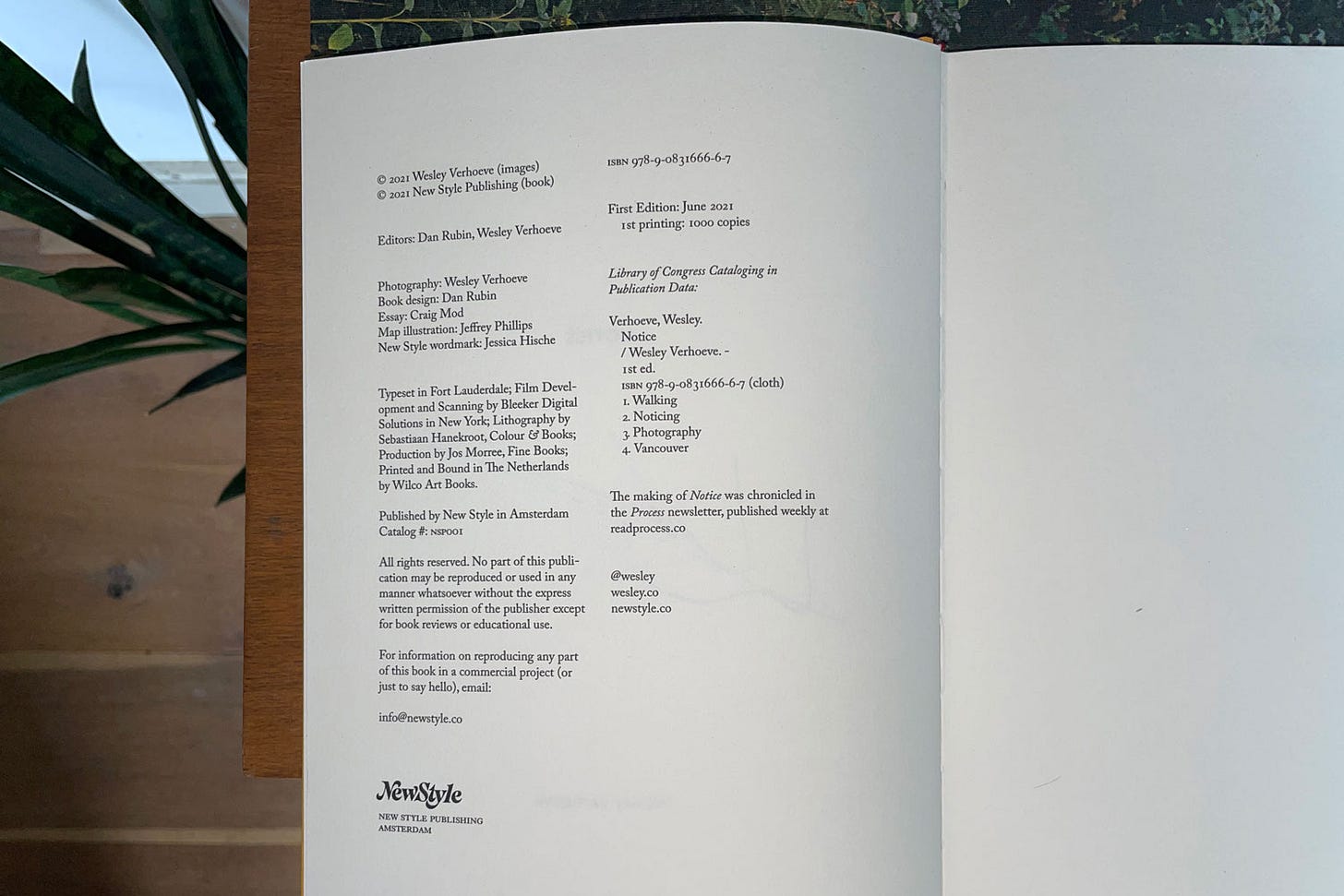
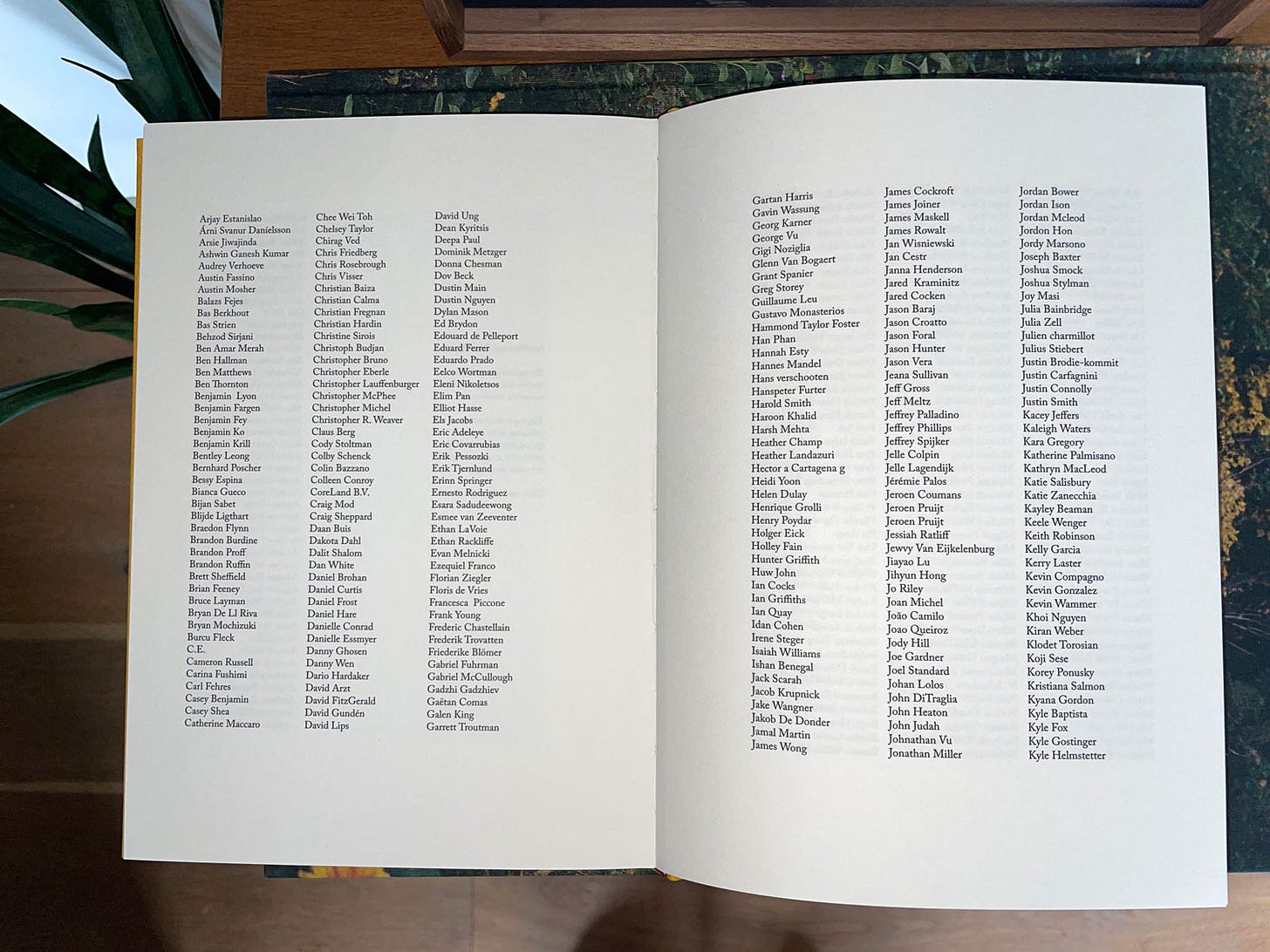
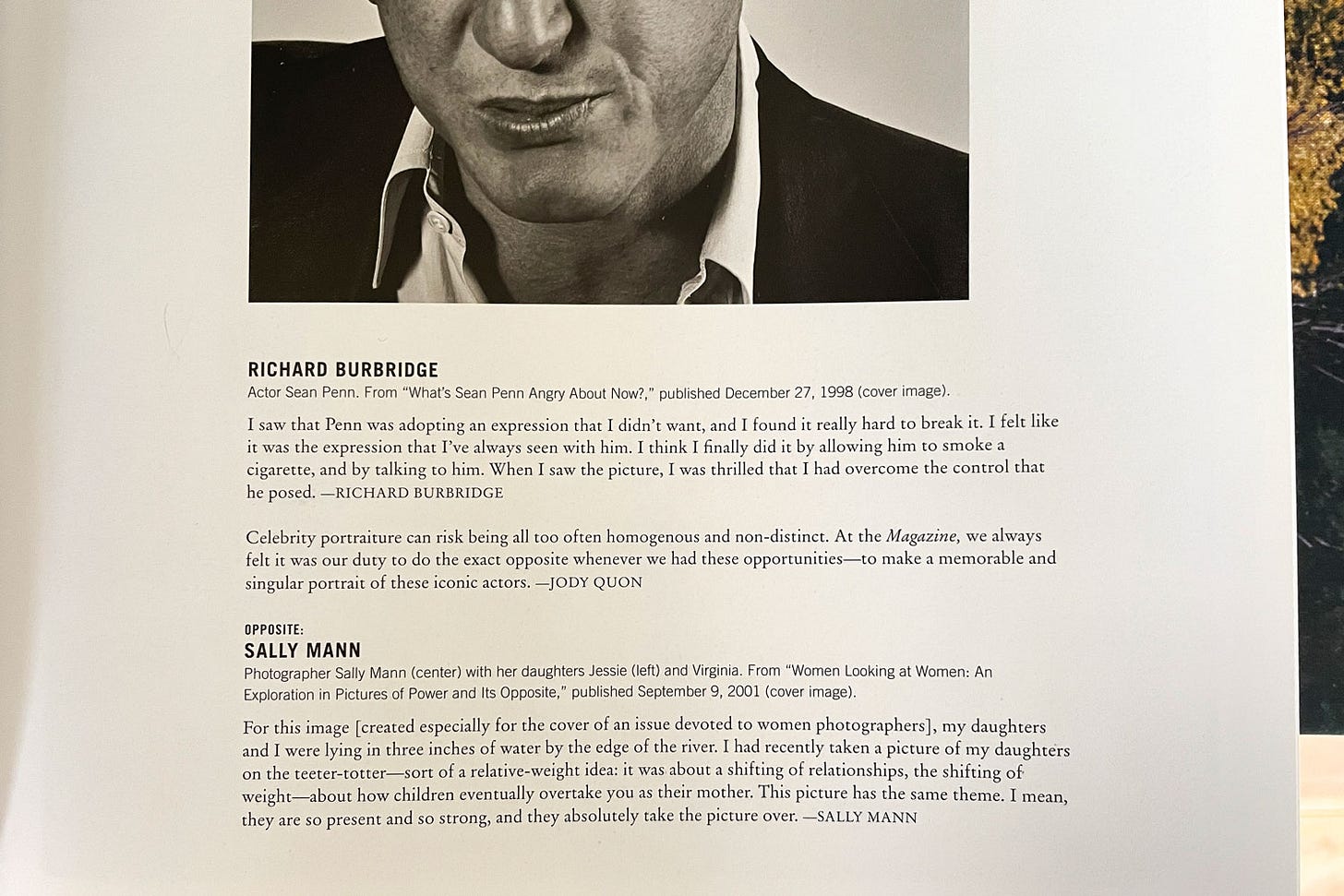
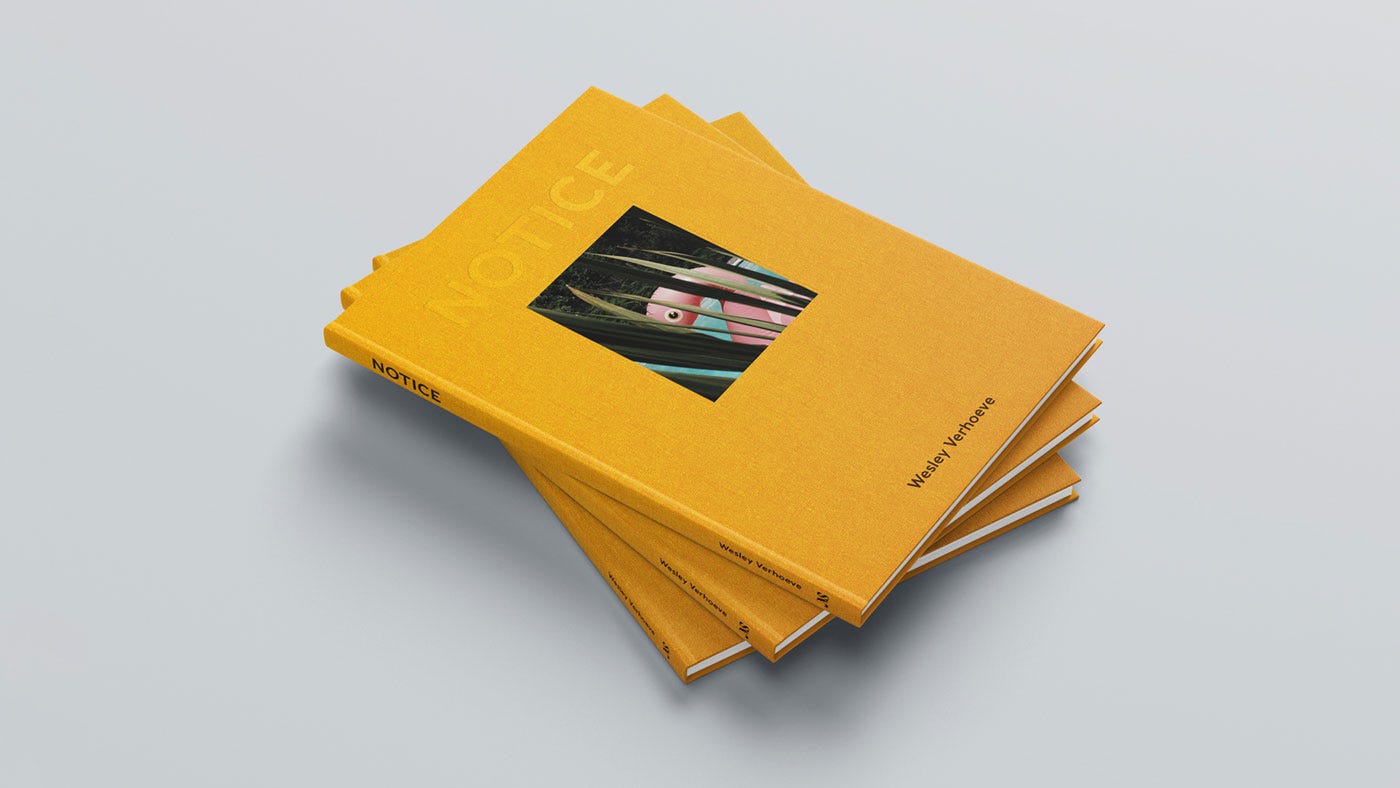
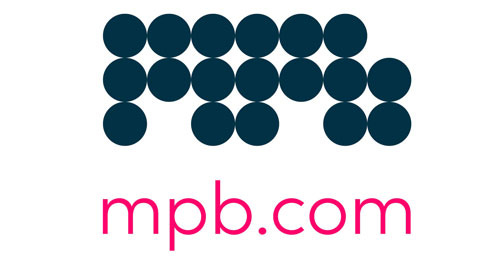
Great post, again, Wesley. Thanks for sharing your knowledge. This is exactly why I love this community so much.
This is better than a college level class. Super well done, sir.